Property tax policy under discussion
OFBF annual meeting delegates will discuss how or if current Farm Bureau policy should be modified in light of various property tax proposals.
Read MoreWhat’s happening with CAUV values for those due for an update in 2024? Leah Curtis, policy counsel for Ohio Farm Bureau, has the details in this Legal with Leah.
Listen to Legal with Leah, a podcast featuring Ohio Farm Bureau’s Policy Counsel Leah Curtis discussing topics impacting farmers and landowners.
Ty Higgins [00:00:00] Well. On the last Legal with Leah, we talked about some great changes coming to CAUV. Leah Curtis joins us, policy counsel for Ohio Farm Bureau. Hello, Leah.
Leah Curtis [00:00:09] Hello.
Ty Higgins [00:00:10] So of course, with great news comes maybe not so great news. We talked about the woodland CAUV values and the changes being made there. And we’ll go into a little bit more detail and recap those changes in a bit. But when we heard about that good news a couple of weeks ago, we also heard about some of the 2024 CAUV values. What did they tell us on that front?
Leah Curtis [00:00:31] So unfortunately, we are continuing to see an upward trend in CAUV values and significant increases in those soil values for 2024. So this is similar to what we saw in 2023, in those counties that were re-evaluated. It is largely due to strong crop prices over the last seven years. And then the gains that we have seen in crop yields. So I do want to remind everybody we’re on a rotation. So, the values we’re talking about today, those apply only to counties that are being reappraised or updated in 2024. If you just saw an increase in 2023, you were on the 2023 revaluation. You will not see further changes. And if your, tax value changed in 2022, you also are not yet on your rotation yet, so you will not see a change yet. This is only those counties on a 2024 revaluation.
Ty Higgins [00:01:18] I can see a lot of our farmer members. You mentioned strong grain markets. They’re going to point to the grain markets today and say that’s just not the case. But CAUV doesn’t just look at today.
Leah Curtis [00:01:29] So the calculation is always backwards looking. It uses seven years of crop price data and then it drops out the high price in the low price to average the remaining five. So for that 2024 valuation, the calculation is looking at crop prices from 2017 through 2023. And during that time frame we saw relatively higher crop prices. And they didn’t fluctuate much. They kind of stayed in the same realm. So that’s why we’re not seeing that decline yet in the CAUV values.
Ty Higgins [00:01:58] But what we’re seeing now with this imbalance that really brings up something OFBF has raised with CAUV in general, trying to make some changes.
Leah Curtis [00:02:07] We have testified to the Joint Committee on Property Tax Review and Reform, and specifically this is an issue that we cited and really, honed in on that (with) CAUV, we pay taxes in the present, but the values themselves are based on the past, and what the situation is from the last seven years to when a tax bill comes due, it can be wildly different. Not to mention that you keep that tax value for three years. So by the time you’ve reached the end of that three-year period, it’s also very disconnected from what is current. We’ve made the same comments and had the same discussion with the tax department as well through the Ag Advisory Committee. And so this, along with the issue of volatility, in the CAUV values, is really what we continue to have as our top concerns that we’re raising with legislators and with the Department of Tax, that we want to continue to try to address.
Ty Higgins [00:02:54] So no doubt there’s going to be some more sticker shock here as CAUV values get rolled out for 2024 and beyond. But, we did mention that woodland CAUV valuation and how those are changing. Just, as a real quick recap, what does that look like for our members?
Leah Curtis [00:03:10] We talked about this in our last recording. And so this is a change in the woodland deductions that are used to value woodland values in CAUV. And basically that’s going to put most woodland values at or near the minimum value, which is $230 per acre. So that is going to impact your overall CAUV value if you have those woodlands. And then also of course will impact your tax bill as well. And I want to remind everyone that an increase in value does not equal the same increase in taxes, typically, because there’s a lot of things that happen in your taxes, particularly related to the tax reduction factor in the 920 effect. And so, an increase in your value is not the same direct increase in your taxes. Typically, though, taxes will go up with new increased values.
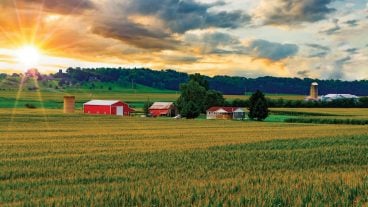
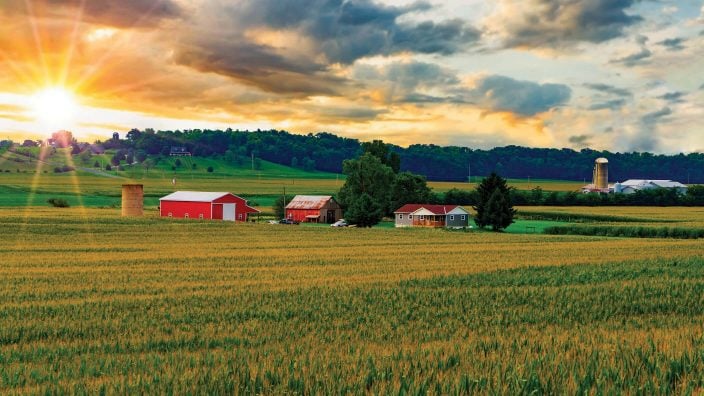
OFBF annual meeting delegates will discuss how or if current Farm Bureau policy should be modified in light of various property tax proposals.
Read More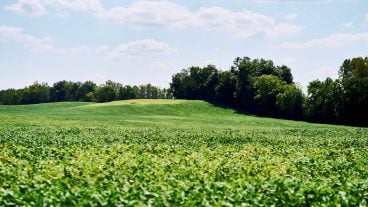
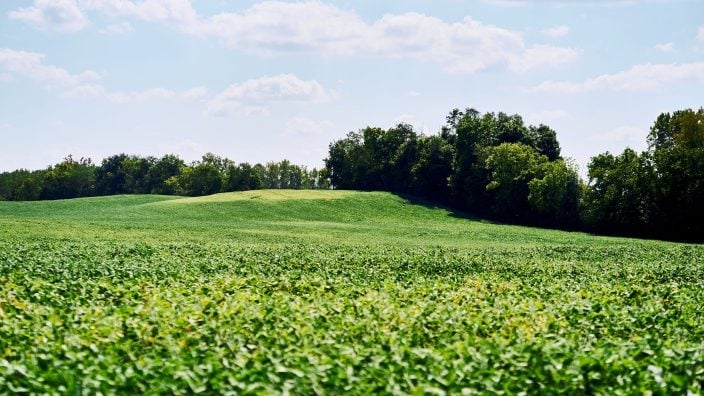
In 2025, about 21 counties are going through a reappraisal or update, and because Ohioans pay taxes one year behind, they will see new property tax bills in January 2026.
Read More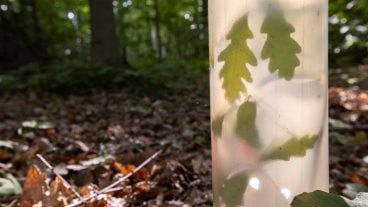
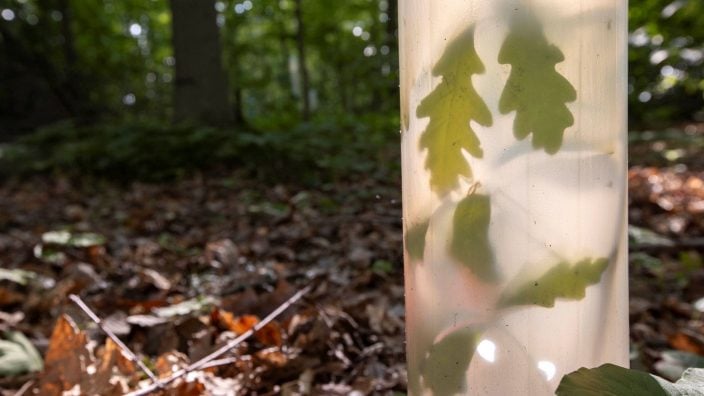
Overall, proper care, maintenance and communication are all essential parts of the process when it comes to trees.
Read More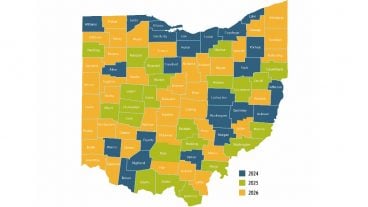
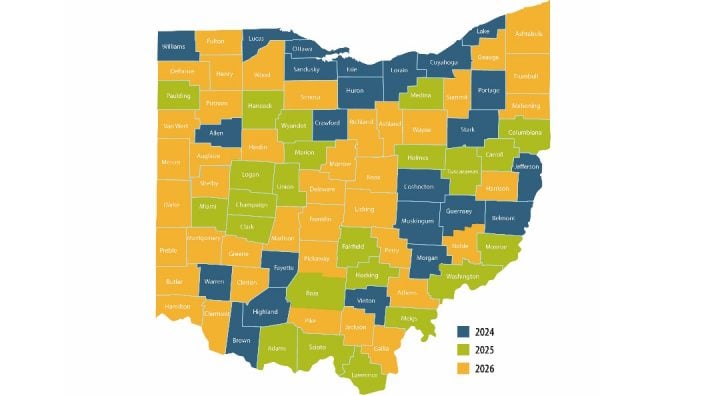
This will apply to the 23 counties on the revaluation cycle in 2025, who will see updated values and tax bills in January 2026.
Read More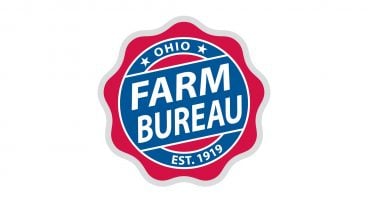
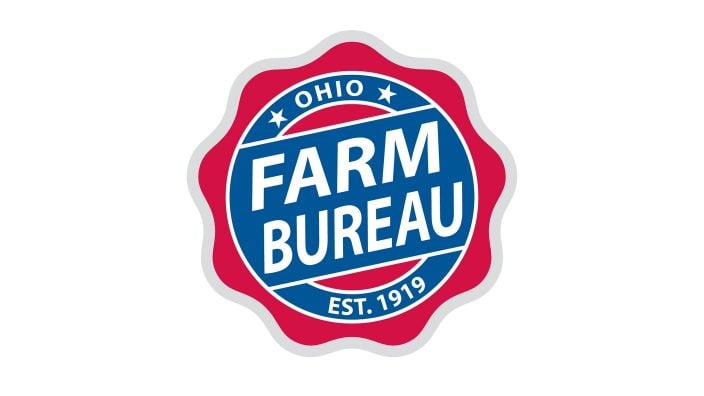
‘We never stop pushing to ensure farmland taxation is fair and reflects the realities of agriculture.’ ~ Mandy Orahood
Read More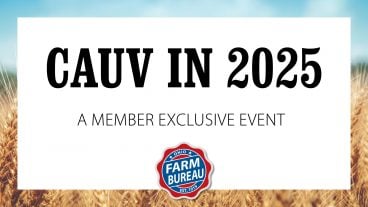
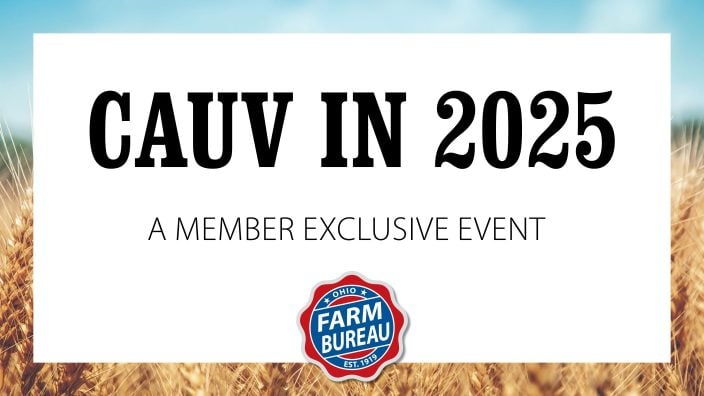
In this recording, learn about the recent increases in Ohio CAUV values, gather information to help you understand the property tax system, and get an update on legislative action.
Read More

Join us for an informative session March 8. Experts will explain recent changes, answer your questions, and help you better understand how CAUV impacts you.
Read More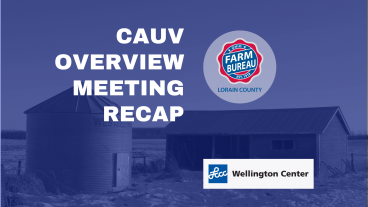
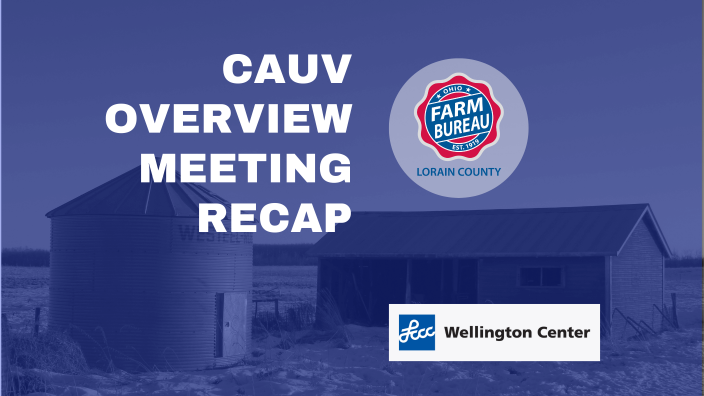
Lorain County Farm Bureau hosted a CAUV meeting Jan. 30, 2025 at LCCC Wellington Center presented by the Lorain County Auditor’s Office and Lorain County Farm Bureau.
Read More

Join Ohio Farm Bureau for a free webinar Feb. 11 to discuss the recent increases in CAUV values, Registration is required.
Read More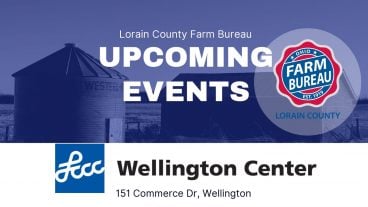

Join us Jan. 30 for a CAUV Overview Meeting at Lorain County Community College.
Read More